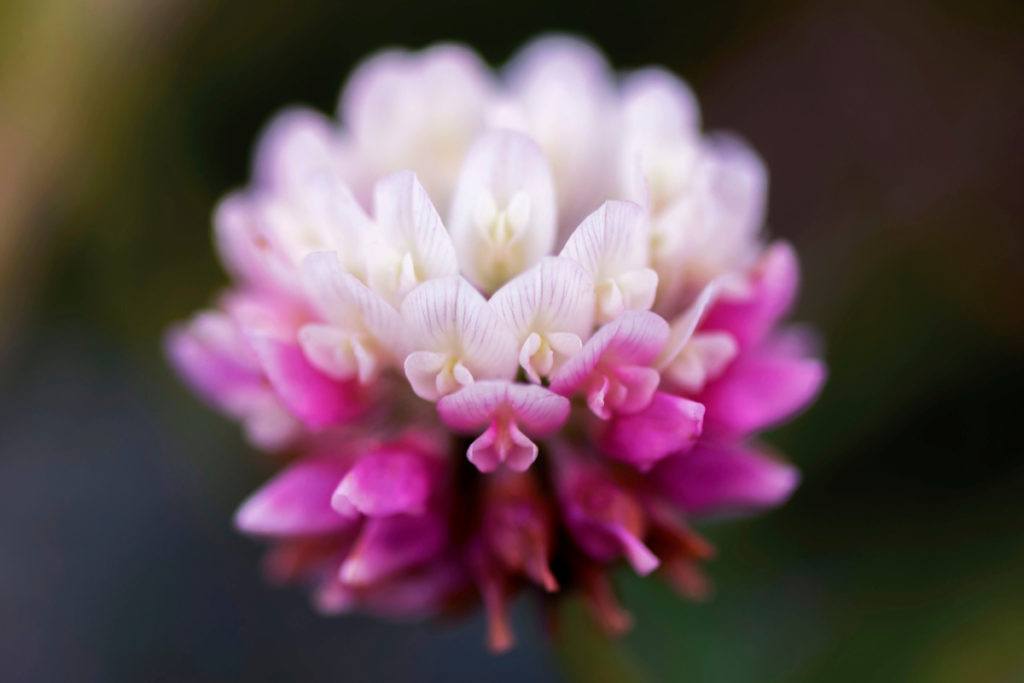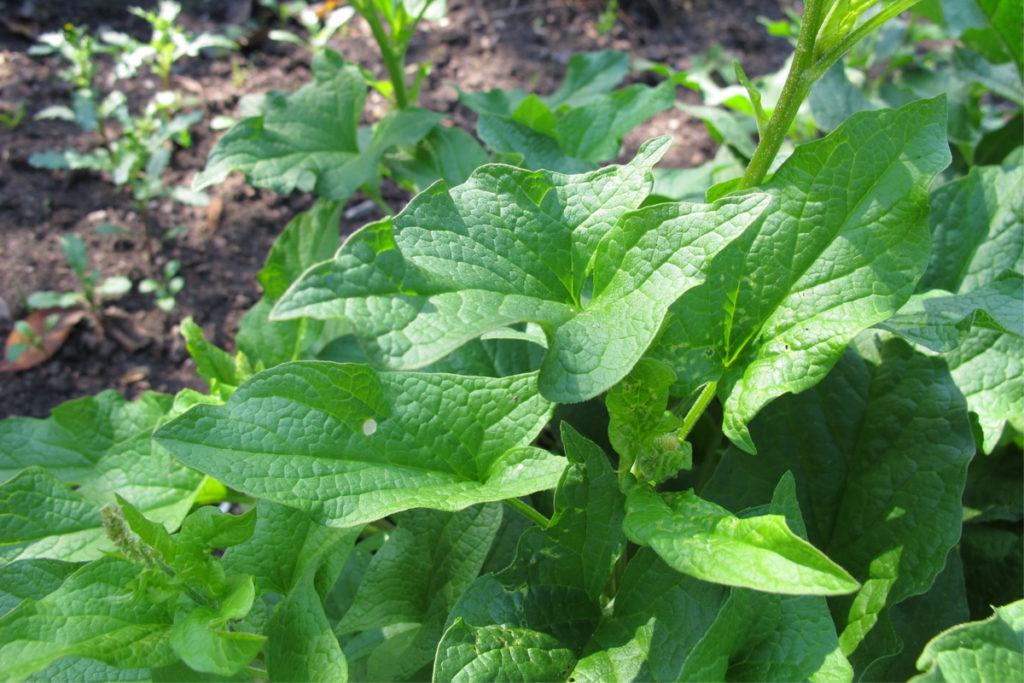
How and Why To Grow a Food Forest in Your Garden
What if you could grow food with less fuss, presiding over a lush and beautiful garden that, once established, pretty much takes care of itself? A food forest in your garden could allow you to do just that—while doing your bit for the planet in the process.
Those of us who are lucky enough to have some outside space where we live, no matter how small, should consider creating a food forest. A well designed edible forest garden can be suitable for many sites in the UK, and while it might seem more outlandish than a veg bed, a patio, or a lawn, it can bring a range of benefits—to the gardener, and to the wider world.
What is a food forest?
A food forest, or edible forest garden, is exactly what it sounds like. It’s a food-producing garden which mimics the forest: one of the most widespread and biodiverse ecosystem types on Earth.
Creating this type of garden isn’t about recreating a completely wild and natural environment. It’s about creating a productive garden that will meet your needs for food, beauty, herbal remedies, timber, dyes, and many other resources.

In a food forest, each and every plant and tree is carefully chosen to complement and work well with one another, and to provide some kind of yield. Every plant included either provides something for the gardener, or for the system as a whole.
👉 A food forest doesn’t have to be huge. Even a tiny patch of ground can be turned into one! But it should be an integrated system—in which every element works with every other.
Designing a food forest
Think holistically—design from patterns to details
When we look at a forest, all too often we fail to see the forest for the trees. What we often forget is that a forest isn’t its individual plants, animals, and fungi: it’s the sum of its parts. When we’re planning a food forest, we should think holistically, and work to establish an ecosystem—not just a bunch of plants! By beginning with the big picture, and designing from patterns to details, we can develop a resilient and enduring food-producing garden.
Design for your particular site
A food forest is always designed to suit its environment, climate, and conditions. Here in the UK, the forest gardens that we design aren’t the same as the ones that work well in tropical climates!
👉 Many people worry that planting trees in their gardens would create too much shade, cutting out light and reducing productivity. The key lies in developing a more open forest landscape, with areas of dappled shade and open, sunny glades; in considering the surrounding human-built environment; and in choosing the right species for the right situations.
Create polycultures—make the most of time and space
What all forest gardens share in common, however, is that they’re polycultures—collections of plants layered one above the other. Trees are key features in forest gardens, but it’s also important to consider smaller trees and shrubs, the herbaceous layer, ground-cover, root crops, and climbers which make their way up through these layers.
Take care of the soil
It’s also important to remember that a food forest also includes elements that we don’t see!
When designing our food forests, we should also pay attention to what goes on beneath, in the soil. There, fungi, bacteria, and other soil biota play crucial roles in maintaining the system: these are the gardening helpers that we often forget about as they silently and often invisibly do their work. Through the agency of the soil web, as deciduous trees and shrubs drop their leaves in autumn, the fertility of the soil in a forest garden is naturally maintained over time. 🐌
Take wildlife into account
Everything is connected, and the wildlife that visits and lives in our garden is also an important part of a food forest. Plants and animals interact in hugely complex ways, and we can use those interactions to our advantage when planning our low-maintenance food forests. By planting and planning with wildlife in mind, we can make our own lives easier, and create balanced ecosystems that can take care of themselves, and provide for us.
Planting a food forest
🌳 Trees
Creating a food forest from our designs usually begins with the trees. Choosing the right trees is key to the establishment of the perfect forest garden. Which tree or trees you choose will depend on where you live, and on conditions there: it will also depend on you, and your particular tastes and requirements. It’s important to consider:
- The general climate of the area, and the microclimate of your garden.
- Soil type, fertility level, and pH.
- The amount of space available (and the eventual size and spread of the tree you are considering).
- The yield you need or want. (For example, you might plant trees for fruit or nuts, for timber, or as organic matter producers to feed the forest garden system. Often, one tree can provide more than one type of yield.)
Common trees to plant in the UK for an edible yield include:
- Apple
- Pear
- Plum, gage, or damson
- Cherry
- Hazel/cob
There are, of course, many other trees with edible yields to choose from!
🍓 Shrubs
Primary food-producing plants in the shrub layer might include fruiting bushes and canes, such as:
- Blackberries
- Raspberries
- Currants
- Gooseberries, etc
🌿 Herbaceous edibles
While annual vegetables can sometimes find a place in a forest garden, perennial vegetables usually play a more important role than in traditional UK gardens. You might be familiar with only a few perennials, like globe artichoke and rhubarb, but there’s a wide range of other interesting options. For example:
- Perennial cabbages: eg, Daubenton’s kale, Ewiger kohl, NineStar broccoli
- Perennial onions
- Good-King-Henry, fat hen, chickweed, and other edible ‘weeds’
- Edible perennials for shade, usually grown as ornamental plants, like hostas

🍃 Ground-cover plants
Ground covering plants can also be important elements for your food producing garden. Some good ground cover plants that are edible include:
- Strawberries (including alpine strawberries)
- Mint, and other spreading herbs
- Clovers and edible legumes
🥕 Root crops
Traditional root crops like parsnips are sometimes included in a forest garden, but there are also lots of more unusual, shade-tolerant root crops and tubers to consider for inclusion in your planting scheme!
🍀 Creating guilds
A helpful way to consider a forest garden is as a guild of plants. Generally, in a forest garden, the plants in different layers of the planting scheme are chosen to complement and aid the trees and other food-producing plants. Plants can help their companions in many different ways, so it’s important to incorporate plants which:
- Improve environmental conditions—for example, by providing shade or ground cover to reduce water loss from the soil.
- Draw nutrients from deep below the soil surface. (Dynamic accumulators are deep-rooted plants which can be used to bring nutrients to the surface: chopping and dropping these plants will return those nutrients to the soil surface where they can be taken up by other plants. Comfrey is one common example, and is often a key component of a forest garden!)
- Fix nitrogen from the air, through bacteria in their root nodules. (Legumes such as peas and beans, clover, and elaeagnus shrubs are common examples.)
- Attract pollinators like bees.
- Attract predatory insects and other wildlife which help with pest control.
- Repel or distract certain pest species.

Why grow a food forest?
When European adventurers first encountered indigenous peoples from other continents, they imagined them to be primitive hunter gatherers. In fact, these people had often developed intricate food production systems—managing woodland and forests and working with nature to produce food, rather than chopping trees down for field-based, annual agriculture. They showed how people can enhance their environment, allowing it to flourish while gently adapting and guiding it to meet their own needs. A lot can still be learnt from such communities.
As the Amazon and the Arctic burn, and the climate crisis deepens, it’s important that we emulate sustainable cultures, working with nature and withdrawing support for damaging systems.
👉 When it comes to planet and people, one of the best things you can do is use whatever space you have to its fullest. Planting a food forest, or forest garden where you live—whether it’s large or small—can be an effective option.
Benefits for you and your family
- A food forest can provide an abundance of food, involving far less ongoing effort than a traditional kitchen garden. This is the perfect gardening system for people who think that they don’t have time to grow their own food!
- Planting a forest garden can increase the biodiversity in your garden, deepening its resilience. This means that it can increase the food security of you and your family (and perhaps the wider neighbourhood or community too).
- A forest garden can stabilise the soil, preventing waterlogging or flooding, or die-back due to drought: you and your family can be better prepared for the increasingly frequent extreme weather events that climate change brings.
- A food forest can also offer tangible yields like fuel, timber, organic matter, herbal medicines, crafting materials, natural dyes, materials for home-made cleaning and beauty products, etc.
- A beautiful space for fun, recreation, and relaxation, where you can enjoy the plants and wildlife!

Broader benefits for people and planet
- Planting trees increases the carbon capture capability of your garden, helping to combat climate change.
- A forest garden protects the soil, helping to preserve, protect, and even enhance this precious system.
- Food forests protect and nurture wildlife, including pollinators endangered by human activity.
👍 It’s worth bearing in mind that just five blossoming fruit trees can provide as much nectar as an acre of meadow! - Buying less food also allows you to reduce plastic waste, since you’ll need to buy less food in plastic packaging.
- Growing ingredients for home-made cleaners, beauty products, and DIY projects also allows you to generally lower your carbon footprint and reduce the amount that you buy.
A food forest does take a little initial effort to set up. But once this type of garden is established, it’ll be largely self-sustaining; the main thing to worry about will be harvesting the produce and other yields. Most of the time you’ll simply be able to enjoy your garden and the bounty it provides, and feel good about that you’re doing something real and tangible to counter climate change.
Images via Shutterstock
Earth.fm is a completely free streaming service of 1000+ nature sounds from around the world, offering natural soundscapes and guided meditations for people who wish to listen to nature, relax, and become more connected. Launched in 2022, Earth.fm is a non-profit and a 1% for the Planet Environmental Partner.
Check out our recordings of nature ambience from sound recordists and artists spanning the globe, our thematic playlists of immersive soundscapes and our Wind Is the Original Radio podcast.
You can join the Earth.fm family by signing up for our newsletter of weekly inspiration for your precious ears, or become a member to enjoy the extra Earth.fm features and goodies and support us on our mission.
Subscription fees contribute to growing our library of authentic nature sounds, research into topics like noise pollution and the connection between nature and mental wellbeing, as well as funding grants that support emerging nature sound recordists from underprivileged communities.
